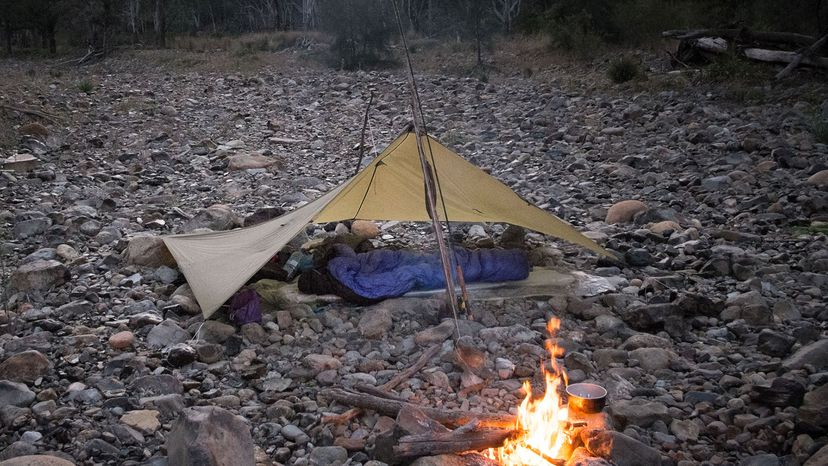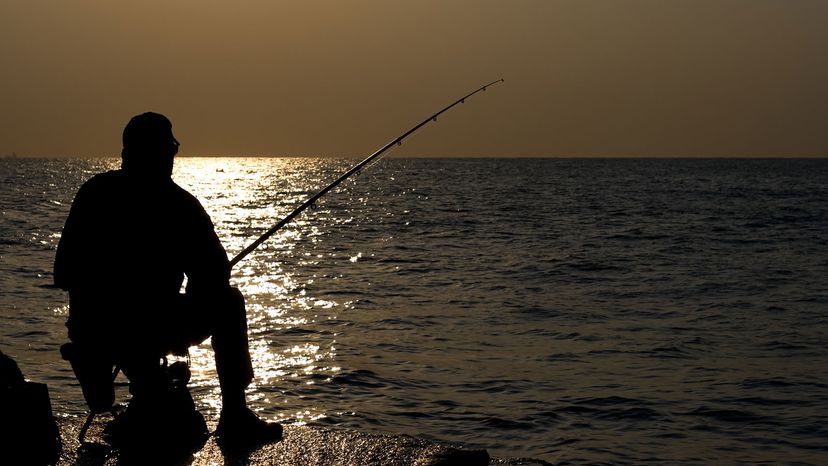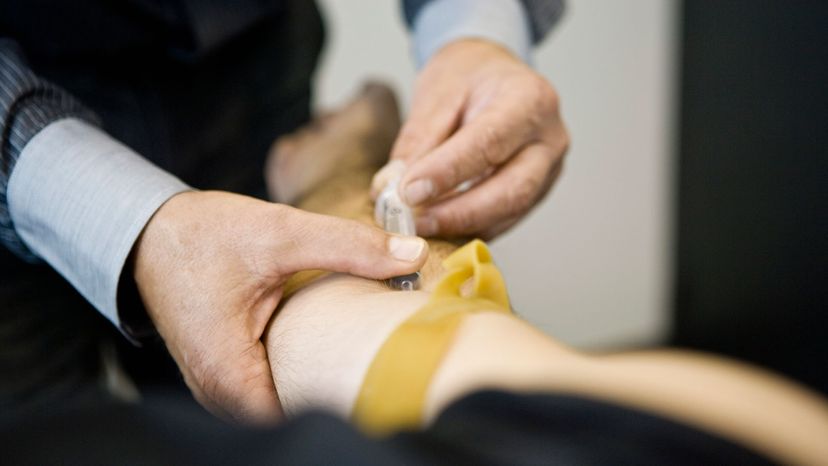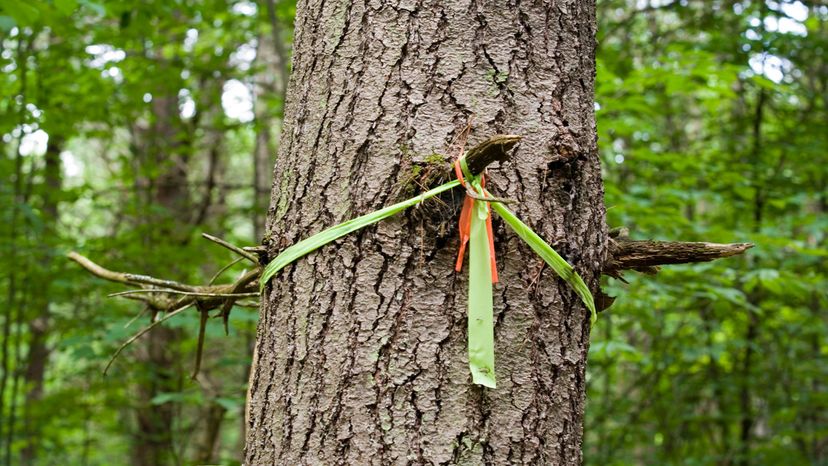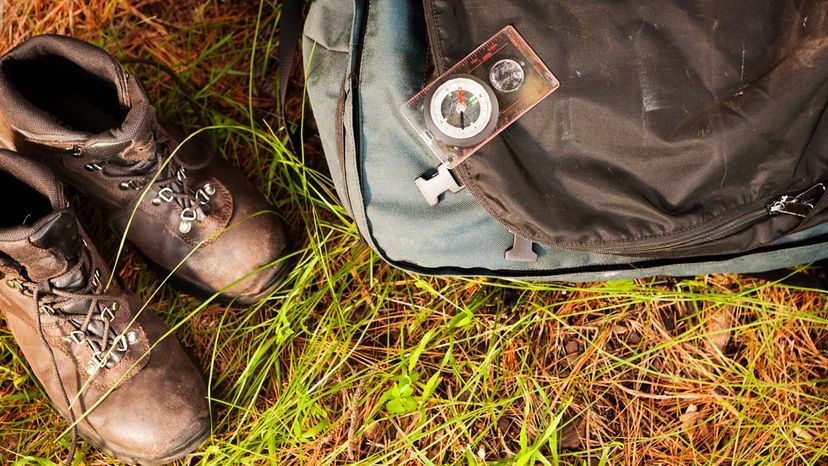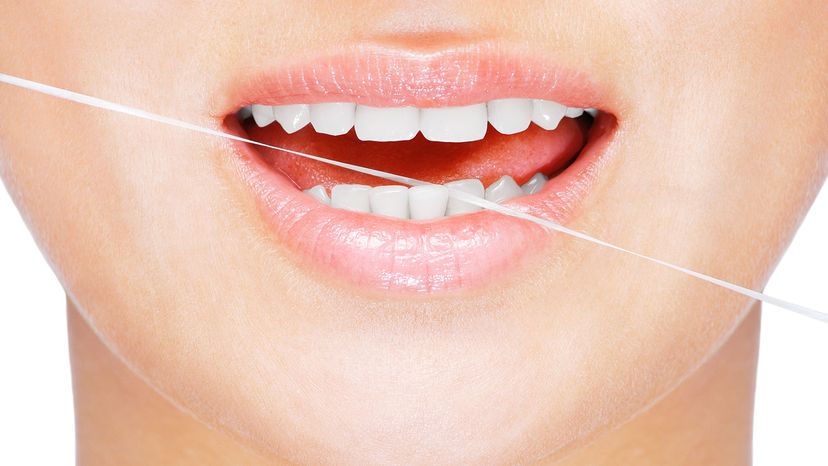
British adventurer Bear Grylls climbed Mount Everest 18 months after breaking his back in a free-fall parachute landing. During televised adventures in the wild, the special forces officer turned TV personality saved his hide by building a fire in a swamp, wrestling an alligator and consuming rhino beetles, larvae and even his own urine [sources: Collins, Gunther]. All while viewers around the globe watch from the comfort of their homes. It's safe to say that Grylls wasn't overly concerned about how he looked.
Life in the great outdoors is no fashion show, but there is a natty little piece of jewelry out there that not only lets outdoorsmen make like Grylls, but could also save their lives. Crafted from 8 to 20 feet (2.4 to 6 meters) of woven paracord, the same nylon cord that's been used in parachutes since World War II, a survival bracelet is an essential item for any adventurer (or wannabe). Paracord is very lightweight, yet it can hold as much as 550 pounds (250 kilograms), which is why it's nicknamed 550 cord [source: Uncharted Supply]. It has a jillion uses in the areas of getting food, survival and first aid, among other things, making it a must-have product to take along on adventures. Here are 10 of the many uses of a survival bracelet.
Advertisement
